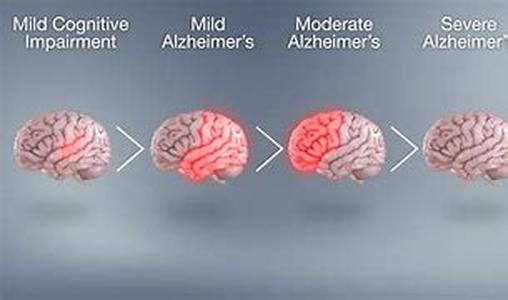
Mentia Is The Collective Name For A Broad Category Of Brain Disorders, Sharing More Or Less The Same Common Symptom Of Progressive Deterioration Of Thinking, Or What Is Known As Cognitive Impairment, And A Degeneration Of Memory. There Are Many Forms Of This Brain Disorder But The Most Common Is Alzheimers Disease, Affecting Over 4 Million People In The United States Alone, A Number That Is Set To Climb Higher For The Next Ten Years. Alzheimers Disease Is A Disorder Commonly Affecting The Elderly, Especially Those Over 65 Years Of Age. However, About 300,000 People Below 65 Are Also Suffering From The Symptoms Of Alzheimers. There Is No Cure For Alzheimers And People Diagnosed With This Disease Often Experience Behavioral Changes, Mood Swings, Aversion And Complete Withdrawal From Their Surroundings, And Eventually Death As They Lose Even Their Ability To Perform Motor Functions. However, Much Of Alzheimers Research Now Going On Has Been Focused On Increasing Our Insight Into The Disease, Which Insight Would Eventually Lead Scientists To A Cure.Below Are Some Of The More Important Alzheimers Research Findings Through The Years:Alzheimers Research BeginsIt Was Dr. Alois Alzheimer Himself Who Spearheaded The Biomedical Aspect Of Alzheimers Research When He Observed, In 1906, Several Abnormal Structures In The Brain Tissue Of A Deceased Female Patient Of His. The Structures Were Later Described As Plaques And Tangles That Are Considered As The Identifying Features Of Alzheimers Disease. As More And More Attention Is Focused On Alzheimers Research, Scientists Found Out How Degeneration Of The Brain Cells Occurs. First, The Nerve Cells In The Part Of The Brain That Deals With Thinking And Memory Start To Shrink Before They Eventually Disappear. As The Disease Is Progressive, This Degeneration Also Begins To Affect Other Parts Of The Brain, As Shown By Brain Imaging Scans Of Alzheimers Disease Patients. Alzheimers Research Into Amyloid PlaquesThe Plaques Composed Largely Of A Protein Called Beta Amyloid Start To Develop All Over The Brain. These Dense Little Deposits Appear Between Nerve Cells And Reach Such Excessive Levels That The Enzymes And Other Molecules That Are Tasked To Clear Them Away Are Overwhelmed. Eventually, These Deposits Contribute To The Degeneration Of Nerve Cells Since They Are Toxic, Although How Exactly They Are Able To Kill Nerve Cells Remains To Be Investigated. A Few Alzheimers Research Points To The Action Of Free Radicals, Molecules That Cause Damage To Normal Living Cells Because Of Their Highly Unstable Forms. Others Are Looking Deeper Into The Alzheimers Research On The Genetic Factor Of The Disease, Which Particularly Comes Into Sharp Play When Referring To Familial Alzheimers Disease. According To Alzheimers Research, The Excess Beta Amyloid Production In Familial Alzheimers Disease Happens Because Certain Inherited Genes Have Mutated, Including The Gene For APP, The Larger Protein Molecule Comprised Of Beta Amyloid Among Others.





